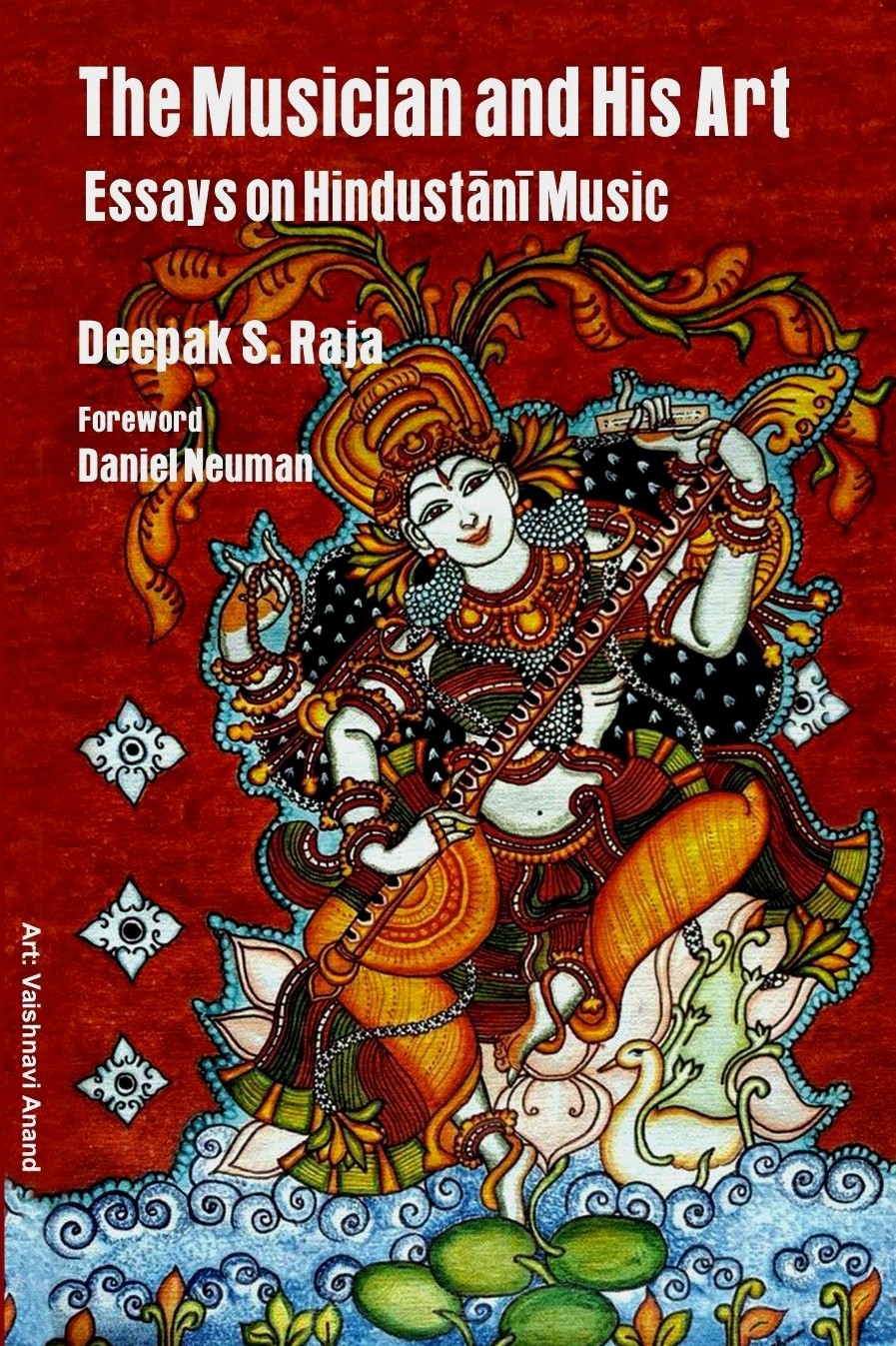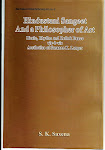
BOOK REVIEW
March 30, 2010
KHAYAL VOCALISM - Continuity Within Change:
Deepak Raja
DK Printworld (P) Ltd.,F-52 Bali Nagar, New Delhi-110015. Rs. 460.
ANJANA RAJAN
It is invaluable as a written document and as a book of reference and study for students and others interested in khayal
One does not often come across a book on Hindustani music that treats the art with the precision of a science. But then, this study by Deepak Raja of the evolution of Khayal vocalism through the system of gharanas would probably not have stood scrutiny had he not adopted such an approach. One reason is that music, like all art, is as technical as it is subjective. Therefore, it becomes necessary to establish thebasis on which the techniques of various artistes can be evaluated. The other reason relates to the nature of music as an aural art, and the difficulties of discussing it in writing. Such writing necessarily bristles with technical terms.
As the author describes, compares and contrasts thedifferent styles and draws a technical-historical sketch of thegenre over the past century, bringing the discussion into thepresent day, there are portions that probably only a practising musician would understand. It makes one wish thebook had an aural complement.
Yet the work is invaluable as a written document and as a book of reference and study for students and others interested in Khayal. In contemporary times, when students are given to asking questions instead of learning by rote, it could well form the basis of combined study and discussion between gurus and their disciples.
For his analysis, Deepak Raja divides gharanas into theAgra, Gwalior-Agra, Jaipur-Atrauli, Kairana, and Patiala legacies. Before taking them up for discussion, he provides a detailed introduction.
Differentiation
Taking an analogy from the plastic arts, he differentiates thethree major genres of Hindustani vocal music — Dhrupad, Khayal, and Thumri — by their relative stress on architecture, sculpture, and ornamentation and these in turn, he explains, signify respectively the structure, the contours and the way music seeks to please.
In a rather painstaking effort, Raja spells out his methodology — the number of recordings he listened to, their contents, and the factors that weighed against drawing definitive conclusions about, say, the individual's style or theinfluences that contributed to the music. These ‘x' factors, if one may so term them, are so many — it could be non-availability or poor quality of recordings, lack of information on deceased artistes, or the sheer unpredictability of human nature — that at times one is tempted to ask why was it necessary to put a subjective art through such a precision-controlled apparatus. However, to quote from Pandit Ulhas Kashalkar's foreword, “…we should value literature which helps musicians understand their struggles, makes audiences sensitive to the struggles of musicians, and holds both parties responsible for preserving and strengthening thetradition.”
The foreword provides an overview beyond the technical. Kashalkar speaks of the importance of “understanding the personality of the raga, and the range of emotional statements it can make.” He goes on to point out the important role the gharanas of Khayal played “in evolving different approaches to communicating the raga experience.” He describes a gharana as “the accumulation of musical wisdom, rather than a xeroxing machine.”
This book is also valuable for non-technical readers. Besidesthe annexure, “An introduction to Khayal,” and the glossary,the short biographies of artistes and the interviews of current performers are sure to invite their interest.
© Copyright 2000 - 2009 The Hindu





